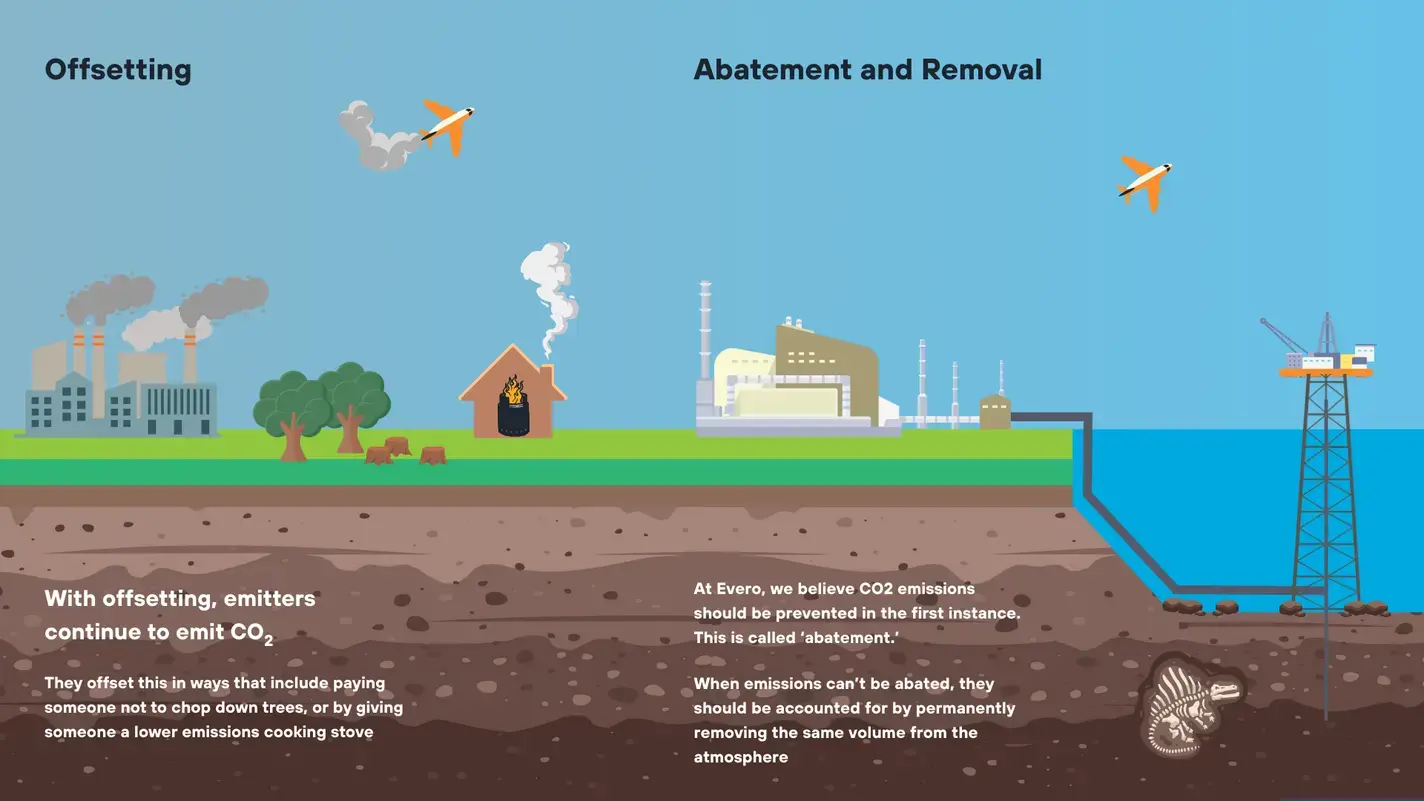
Blog
Carbon Offsets vs. Carbon Removals: What’s the Difference in Tackling Climate Change?
28 May 2025
As the fight against climate change intensifies, terms like "carbon removals" and "carbon offsets" are frequently used in sustainability conversations. While they share the common goal of mitigating greenhouse gas (GHG) emissions, they both differ in their approaches and effectiveness.
Carbon Offsets: Reducing Future Emissions
Carbon Offsets refers to activities or projects that prevent, reduce, or capture emissions that would otherwise be released into the atmosphere. These projects compensate for emissions generated elsewhere rather than directly removing carbon dioxide (CO₂) that has already been emitted.
- Forest Conservation –Protecting vulnerable forests that would otherwise be cleared, ensuring they retain their absorbed CO₂.
- Clean Cookstoves – Upgrading to cleaner-burning stoves that reduce indoor air pollution and greenhouse gas emissions.
Offsets are widely used by businesses aiming to achieve carbon neutrality by balancing unavoidable emissions with equivalent reductions elsewhere. Airlines often voluntarily purchase offset credits for their emissions to ‘compensate’ a proportion of an aircraft’s carbon emissions. However, as offsets do not remove CO₂ from the atmosphere, they don’t get us closer to net zero.

Carbon Removals: Taking CO₂ Out of the Air
On the other hand, carbon removals involve actively extracting CO₂ from the atmosphere and storing it in a way that prevents it from re-entering it, such as bioenergy with carbon capture and storage (BECCS). This approach, also known as ‘negative emissions’, is critical for addressing historical emissions and reaching net zero targets.
Examples of Carbon Removals:
- BECCS – Using technology to ensure biogenic CO₂ isn’t reintroduced into the atmosphere during power generation and is stored underground instead.
- Direct Air Capture (DAC) – Using technology to remove CO₂ from the atmosphere and store it underground or use it in materials like concrete.
- Soil Carbon Sequestration – Adopting regenerative agricultural practices that enhance carbon storage in soils.
- Afforestation – Establishing a forest in an area where there was no forest before.

Why does Distinction Matter?
Unlike offsets, removals directly reduce the amount of CO₂ in the atmosphere, making them a more permanent solution to climate change.
While both carbon removals and offsets contribute to climate mitigation, they serve different roles. Offsets help lower future emissions but do not address legacy CO₂, whereas removals directly reduce the amount of CO₂ in the atmosphere, making them a more permanent solution to climate change and achieving net-negative emissions.
We also need to remember that, by 2050, there won’t be any more discretionary emissions left to offset with. After abating all possible CO2 emissions, removals are the only method by which we can achieve net zero.
Choosing the Right Approach
- Short-term solutions – Carbon offsets provide immediate but temporary mitigation.
- Long-term impact – Carbon removals offer permanent reductions and are necessary for net zero commitments.
Achieving net-zero isn’t just about slowing emissions or reaching short term carbon neutrality, it's about undoing the damage. While carbon offsetting through projects may delay the problem, they don’t erase past emissions. Only high-quality carbon removals can actually reverse climate damage and are essential to any serious net-zero strategy.
If you’re interested in purchasing high-quality removal credits, you can email our Development Team.

